2 How It All Began
Posted by Christine on Aug 19, 2014 in Ireland | 4 comments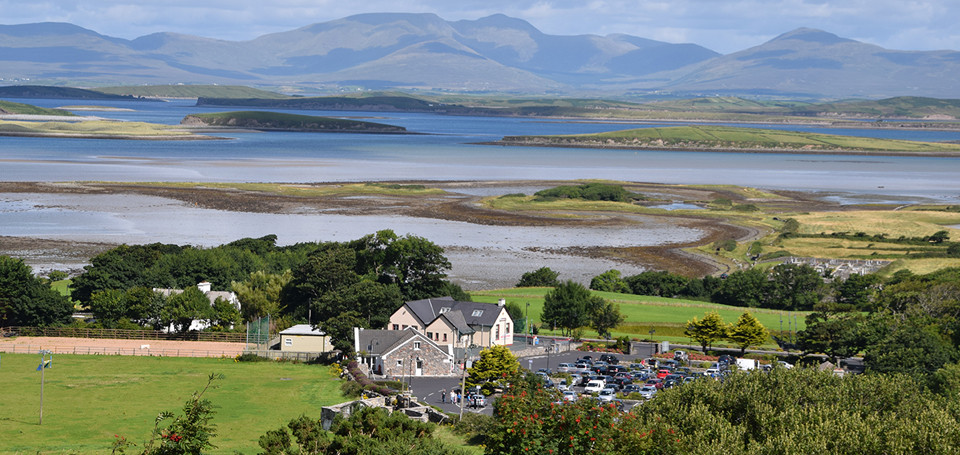
People often ask me where my interest in Ireland comes from and how it became so…well…extreme. I’ve been obsessed with the country—its history, literature, landscape, culture and everything else about it—for a long time. My interest was piqued when I was ten or eleven and discovered a copy of Finnegans Wake on my parents’ eclectic bookshelves in our house on Lincolnwood Drive, Evanston, Illinois. Both of them were readers and always had books stacked on their nightstands and near their chairs. The bookshelves covered two corner walls in the living room and one long wall in the den and included everything from complete sets of Mark Twain, Charles Dickens, George Eliot, P.G. Wodehouse, and Samuel Eliot Morison’s History of the United States Naval Operations in World War II to the novels of Nevil Shute, Jack Higgins, Angela Thirkell, and John Le Carré. They even had the collected poems of e. e. cummings and The Kinsey Reports. But Finnegans Wake? I can’t imagine that either of them ever read it. I will admit to never having read Finnegans Wake either, but I remember thumbing through the book long ago and facing up to the fact that I had a lot to learn before I would understand what was going on in those pages.
Connecting the book to Joyce and Joyce to Ireland followed in due course, and more associations began to emerge. My aunt Ellen (never Aunt Ellen, but just Ellen) mentioned that the family on the Cozzens side had an Irish connection (among the Swedes, Scots, English, etc.); our great grandfather Nicholas Cozzens came to the US as a boy during or shortly after the Great Famine of 1845-52. A glimmer of Ireland’s “underdog” status in history intrigued me further. I finally read A Portrait of the Artist as a Young Man in high school and loved it, though it was a very different book for me than the one I read in Bill Chace’s Joyce course at Stanford following my first trip to Ireland in 1971.
That first trip with Claudia Cohen, my roommate from Stanford, sowed the seeds of later interests in Ireland’s soggy, boggy soil. From our spring semester jobs at a primary school in London, we took the student budget route—the overnight ferry from Holyhead to Dún Laoghaire—and spent the first few days crashing on the floor of a friend’s “bed-sit” in the Dublin suburbs. Dublin was darker and more somber than it is today. Grafton Street was not yet pedestrianized; later that year, an experiment with creating a no vehicle zone for a few hours every day would lay the groundwork for complete pedestrianization in 1979. Yet it was and for 300 years has been the pulsing heart of the city. Claudia and I bought yarn in a department store there (Switzer’s?), and over the next eight weeks or so she crocheted me a beautiful shawl. I remember barrels of Guinness being delivered by horse-drawn wagon, but I can’t confirm that it was so and must acknowledge that the image could be an advertisement come to life in memory. I remember walking in St. Stephen’s Green and throwing bread to the ducks as my children did a generation later. I recently discovered that during the Easter Rising in 1916, the two sides fighting in Stephens’ Green halted fire long enough for the gardeners to feed the ducks. Near the center of the park we visited the Garden for the Blind , where scents and textures guide the planting. The garden is still there forty-five years later. The highlight of the Dublin part of the trip was the visit to the Guinness brewery at St. James Gate—the actual brewery where beer was produced, not the slick company museum you see today. The buildings were redolent with the heady smells of brewing, and the “free” pint at the end of the tour made me a convert for life.
We spent the rest of our trip hitchhiking to Killarney to see the Ring of Kerry, where for part of the trip we got a ride with a local school bus full of redheaded children. Those were different times. I snapped hundreds of photos of the sea and the rocks and the mountains. The dollar was so strong, that even on our student budgets we could afford to eat at the fanciest restaurant in town, The Great Southern Hotel. At our bed and breakfast near Muckross House, we watched the Eurovision song contest with our host and borrowed bikes to ride around the lakes. It was rainy, foggy, and cold, and the hot water bottles under the covers only made getting out of bed more difficult. We were enchanted.
After that, I started to listen to Irish traditional music when I could find it and to read more Irish literature on my own. In graduate school at the University of California, Berkeley, I had the pleasure of taking Thomas Flanagan’s two term Irish literature course. Flanagan went on to write a well-regarded trilogy of historical novels that began with the 1798 Rebellion (The Year of the French, The Tenants of Time, The End of the Hunt), and no wonder: though there wasn’t much in the way of class discussion, his storytelling ability more than made up for this lop-sided approach. He brilliantly wove history and literature together in phrases and points that later reading and travel validated and that still echo in my mind. Though my classroom is much more interactive, he is always with me when I’m talking or thinking about the story of Ireland.
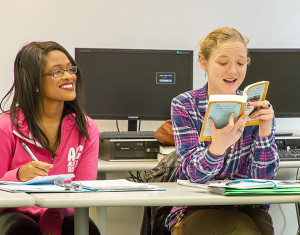
A student reading aloud from J. M. Synge’s Playboy of the Western World in my Literature of Ireland course.
I didn’t get back to Ireland until 1986, the year Evan was born, we moved from Boston to Atlanta, my dissertation was due, and my mother died. At the end of that very difficult period, we went to Ireland for two weeks to recover, adding the stunning landscapes and wild west culture of Clare, Galway, and Mayo to my repertoire. Since then I’ve made it back at least once in every calendar year, sometimes more often.
One interest led to another, the stories began to connect, and before long all this kindling burst into flame. Since 1998, I’ve led eight groups of Agnes Scott students on literary and historical tours of the Republic of Ireland and Northern Ireland, and I must give full credit to those approximately 175 students plus my co-leaders Linda Hubert, Michael O’Brien, Donna Sadler, Willie Tolliver, and Dave Yeates for taking me deeper and deeper into the story of Ireland.

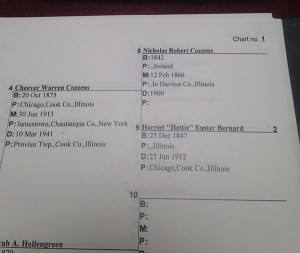
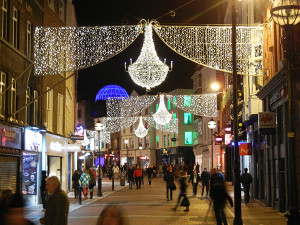
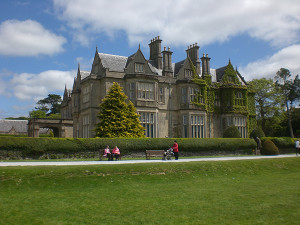
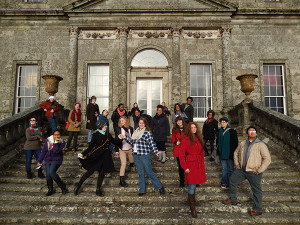
Loved reading about your love affair with Ireland and picturing you hitchhiking! It cracks me up about you aunt named Ellen, as you will always be Chris, and never Aunt Chris.
Can’t wait to read more about all of your adventures:)
Love, Reissa
Loved reading this Chris! Especially enjoyed your memories of your Mom and (Aunt) Ellen, miss them both. Looking forward to reading your blog! Mike and I hope to get to Ireland in the future! Enjoy your year!
I did not realize that your love affair with Ireland began so early–exactly when I first discovered Paris (I got to spend the year there). Maybe I had had enough of all that is Irish in my Irish-Catholic family and longed for something so different from that. Fortunately, I grew older and wiser and was delighted to embrace my “roots.” I know so little of Ireland itself–one week there 18 years ago–and am so grateful for the long and deep knowledge of the country you will share with us.
Chris-
Such a treat to read about your memories …. The ones I shared with you and those of the decades that followed. I had forgotten about the bus full of red-headed children! though not the hitch hiking . Looking forward to sharing more memories.